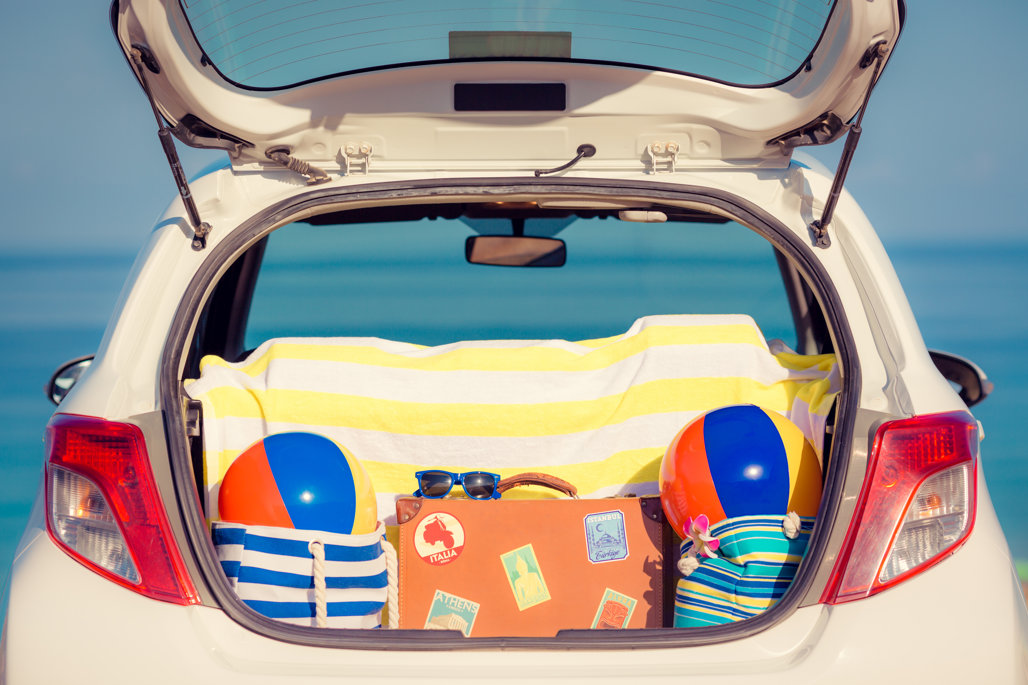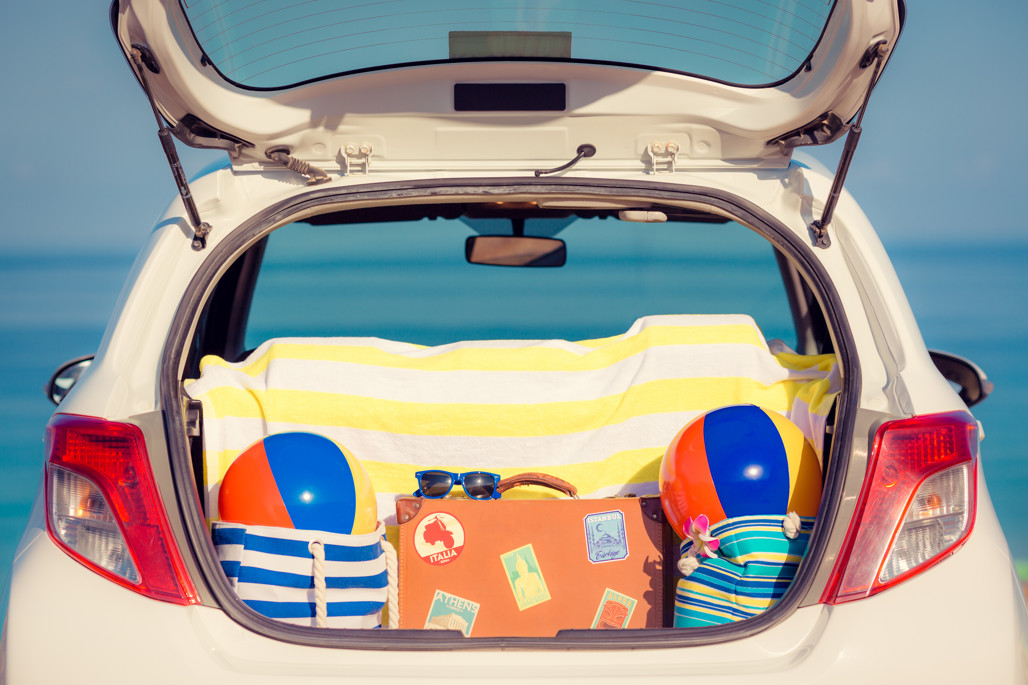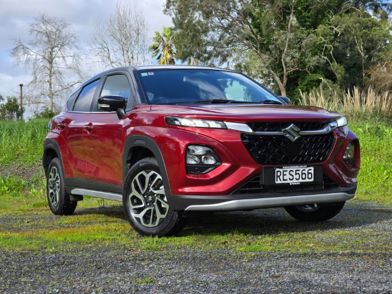Packing for a road trip can be exciting, but it's important to prioritise safety and efficiency. A well-packed car can make your trip more comfortable, save on fuel, and most importantly, reduce the risk of accidents. So with Easter weekend fast approaching, here’s a comprehensive guide to packing your car for a road trip, ensuring a smooth and safe journey for you and your passengers.
Before You Start Packing
- Check your vehicle's weight limit: If you are planning on loading your vehicle right up, then be sure to refer to your vehicle's VIN plate or handbook to determine the maximum weight your car can safely carry.
- Adjust tyre pressure: Inflate your tyres to the recommended pressure for heavy loads, as specified in your vehicle's manual.
- Plan your packing space: Consider the size and shape of your luggage and the available space in your car. Think about how you can best utilise the boot, roof rack (if available), and cabin space.
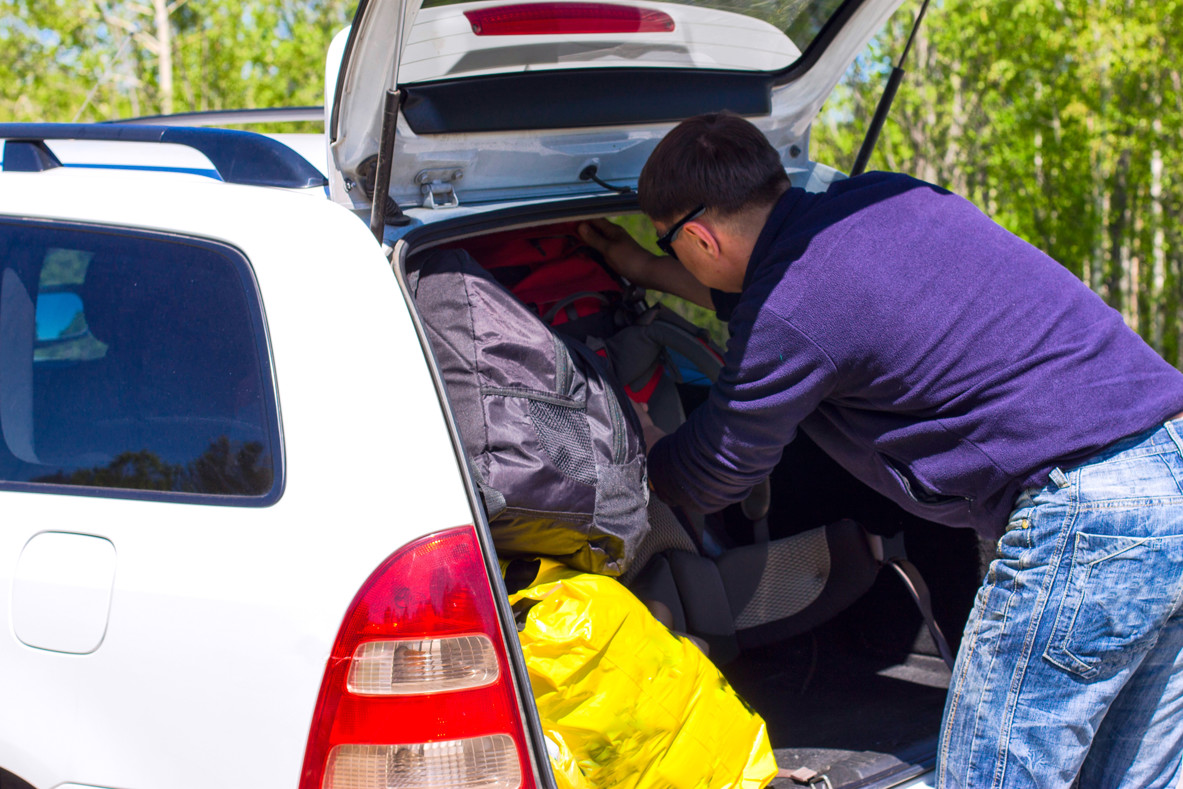
In the boot
- Heavy items first: Begin by loading the heaviest items, such as suitcases, at the bottom of the boot. Place them as far forward as possible to maintain a low centre of gravity and optimal weight distribution.
- Distribute weight evenly: Uneven weight distribution can negatively affect your car's handling and stability. Ensure the weight is balanced on both sides of the boot.
- Secure loose items: Pack smaller items in suitcases or boxes to prevent them from becoming projectiles in case of sudden braking or an accident. You might also want to invest in a cargo net (or safety partition if you have a wagon or SUV) to further secure items in the boot and prevent them from flying forward.
- Avoid packing above the seat line: Try to avoid stacking items higher than the back seat headrests. Packing too high can obstruct the driver’s rear view, potentially leading to accidents (although this can be avoided if your car has a rear view camera option), and can also injure passengers in the back seat during sudden stops if you don’t have a safety partition.
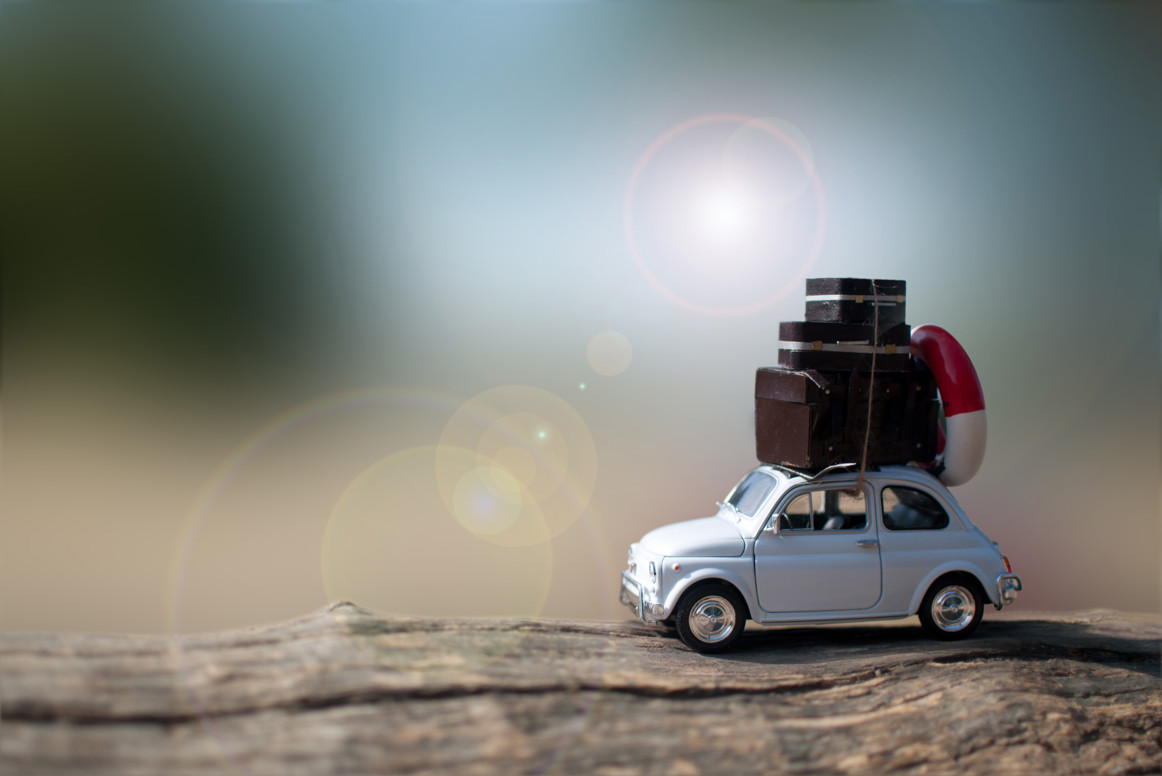
On the roof
- Prioritise large and lightweight items: Roof racks are ideal for bulky items like bikes and sporting equipment, as long as they are not excessively heavy. Heavy items are better placed inside the vehicle.
- Secure everything tightly: Use strong ropes, straps, and hooks to fasten items to the roof rack, ensuring they are well secured and cannot come loose during the journey. At each rest stop, double-check the security of all ropes, straps, and hooks to ensure they remain tightly fastened.
- Be mindful of height: Adding items to the roof rather obviously increases your vehicle's overall height. Measure the total height before setting off to avoid any issues with low overpasses or tunnels. Consider placing a reminder note on the dashboard to remind you.
- Be mindful of the impact on vehicle performance: Be aware that using a roof rack increases wind resistance (drag), which can affect fuel consumption. The added weight on the roof also slightly changes the car's handling.
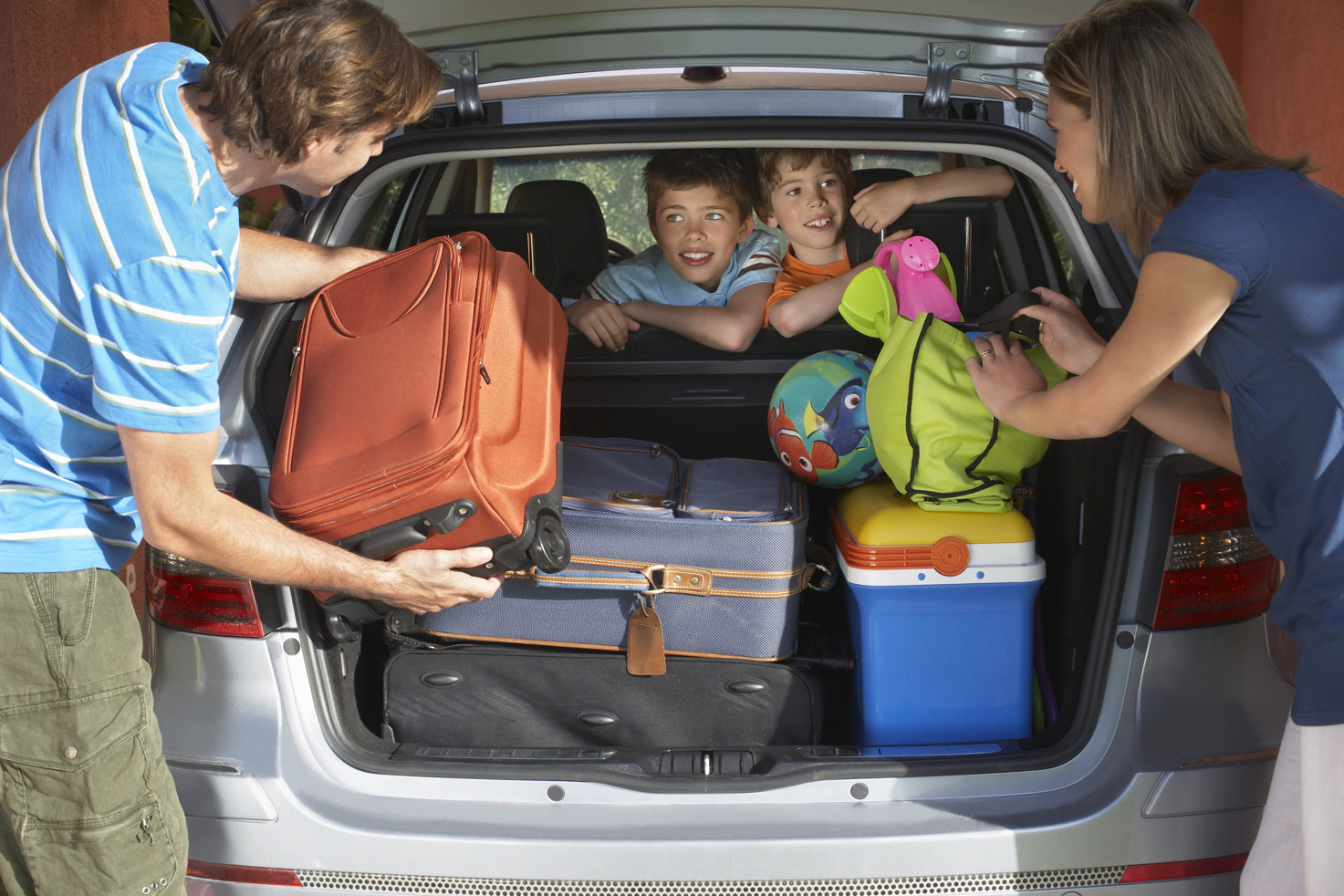
In the cabin
- Minimise cabin luggage: It's best to avoid storing luggage inside the passenger area as much as possible. Loose objects can become dangerous projectiles in a crash, even at low speeds. For instance, at 50 km/h, unsecured items can exert a force up to 50 times their weight during sudden braking.
- Utilise under-seat space: If you must carry luggage in the cabin, store it beneath passenger seats if possible.
- Secure small items: Store small items like books, phones, and electronics in seat pockets or consoles to prevent them from becoming projectiles in an accident.
- Keep the driver's area clear: Ensure the space around the driver's feet is completely free of any objects. Loose items can be distracting and potentially dangerous if they interfere with the pedals.
- Accessible essentials: Keep frequently used items like tissues, water, and snacks within easy reach to avoid distractions while driving.
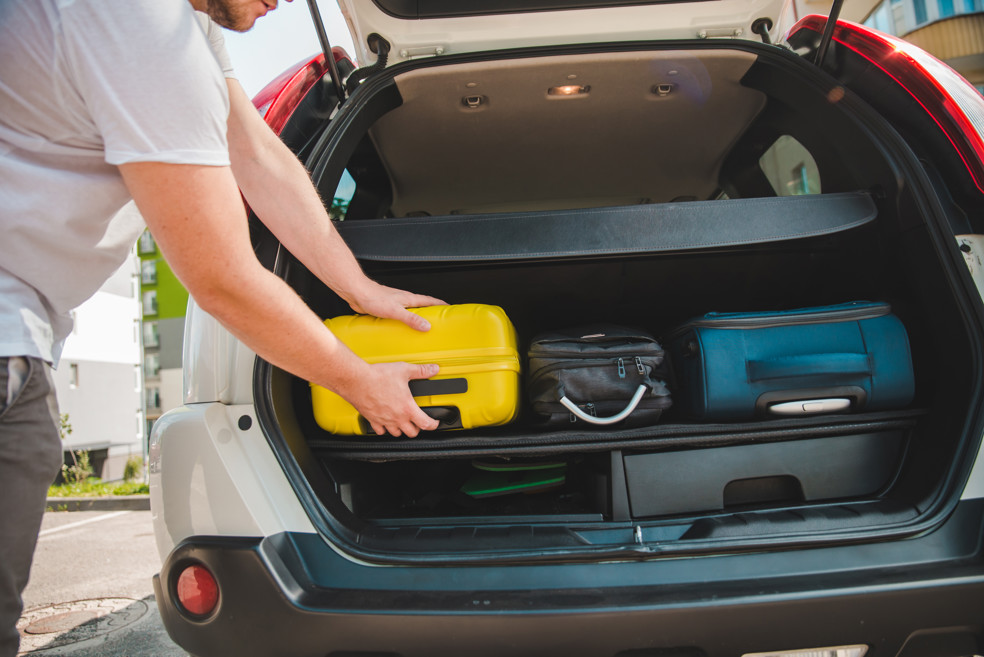
Essential items for a safe trip
- Emergency breakdown kit: Pack a comprehensive breakdown kit containing essential items like a spare tire, jack, jumper cables, and reflective warning triangles for visibility.
- First aid kit: Always carry a well-stocked first aid kit to handle minor injuries or emergencies.
- Torch: While it is tempting to rely on your mobile phone for emergency lighting (the light from the screen is often enough, while almost all have a torch function, it is still advisable to keep a torch in the glovebox for visibility during nighttime breakdowns or emergencies.
- Rubbish bags: Pack rubbish bags to maintain a clean car and dispose of waste responsibly.
Remember that a fully loaded car handles differently than an empty one.
- Braking distance: A heavy car requires a longer distance to come to a complete stop. Increase your following distance to provide ample braking space.
- Maneuverability: A loaded car may have reduced power and maneuverability, especially when accelerating or climbing hills. Be prepared to adjust your driving style accordingly.
- Headlight adjustment: If carrying a heavy load, consider slightly lowering your headlight beam to avoid blinding oncoming drivers.
- Fuel consumption: A fully loaded car consumes more fuel. Plan your refueling stops in advance to avoid running out of fuel, especially on long stretches of road.
- Increased vigilance: Passengers and luggage can lead to distractions and reduced visibility. Be extra vigilant and aware of other road users, especially in your blind spots.
By following these packing tips, you can contribute significantly to the safety and enjoyment of your road trip. Remember, a well-packed car is a safer car. Enjoy the journey!

